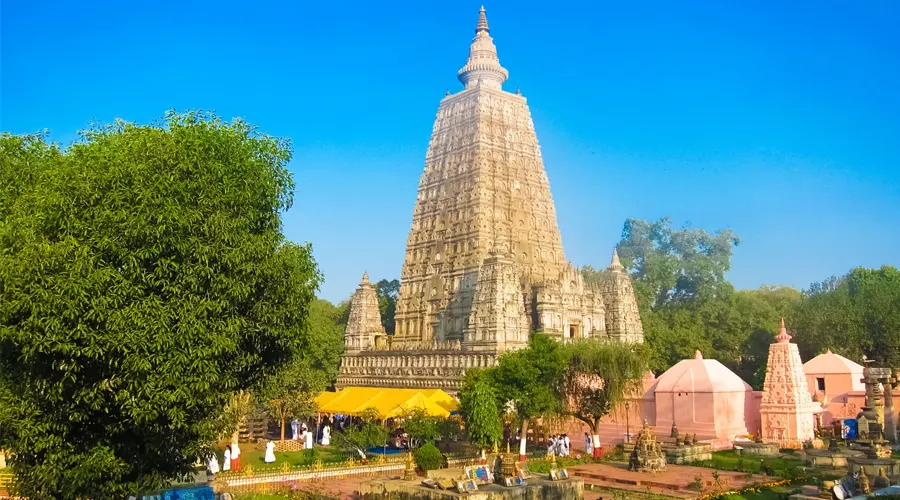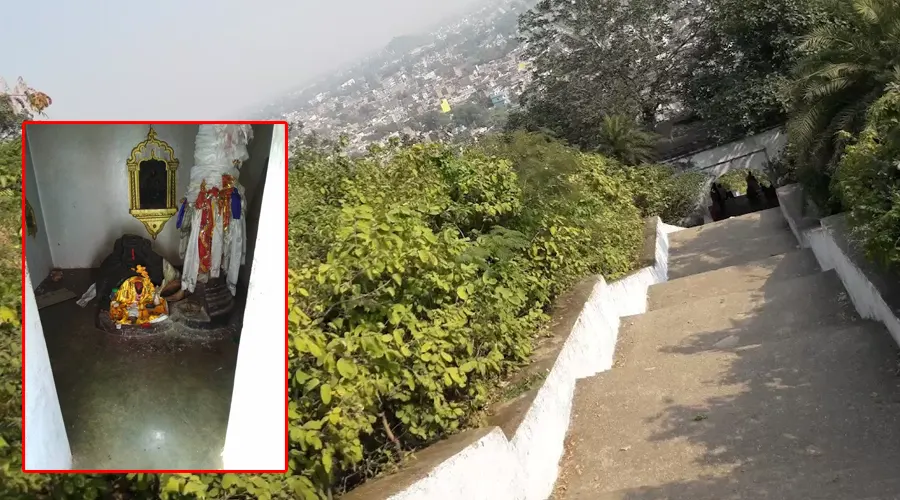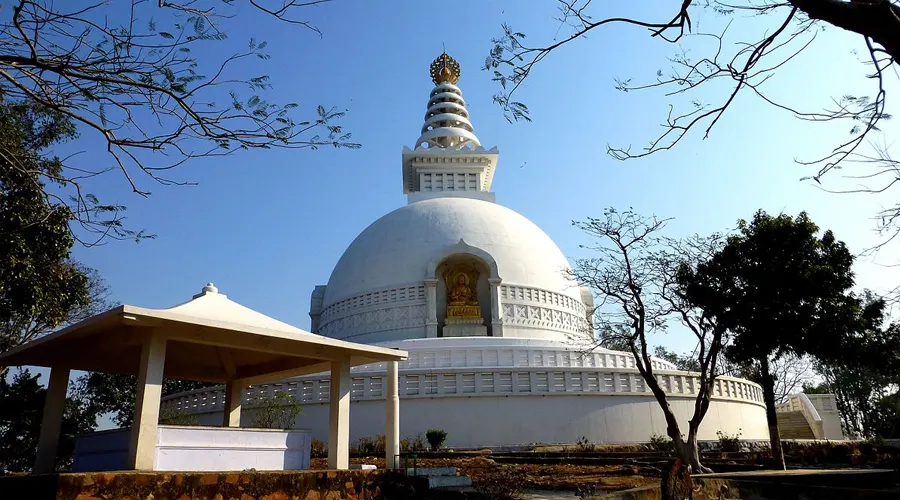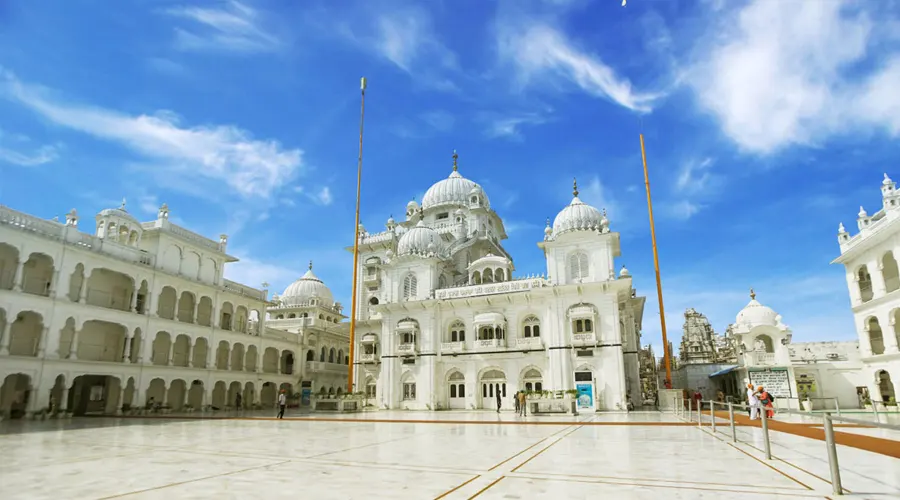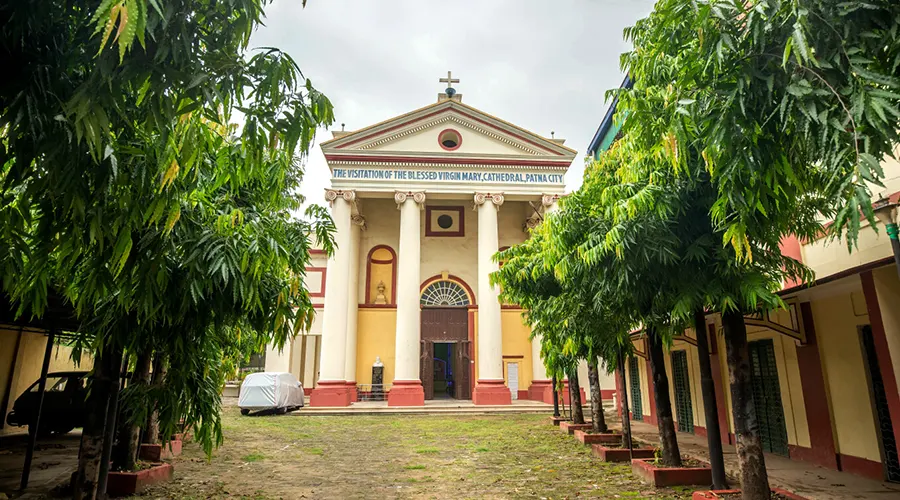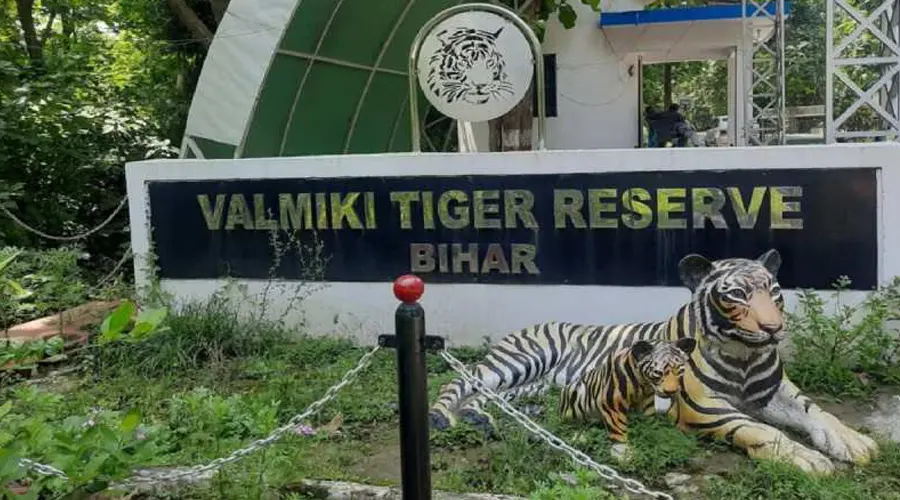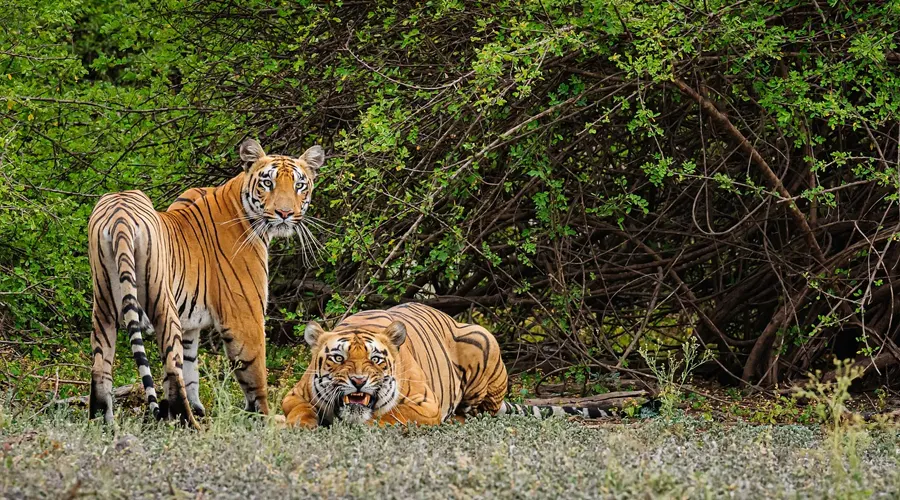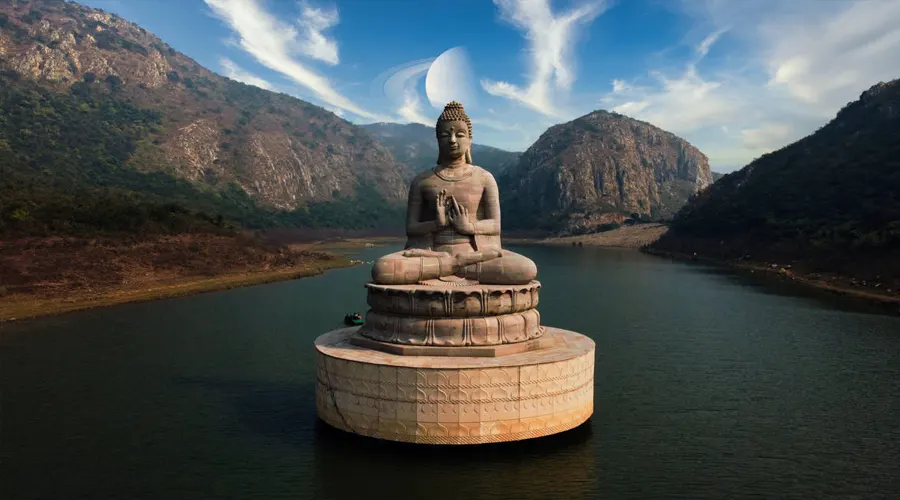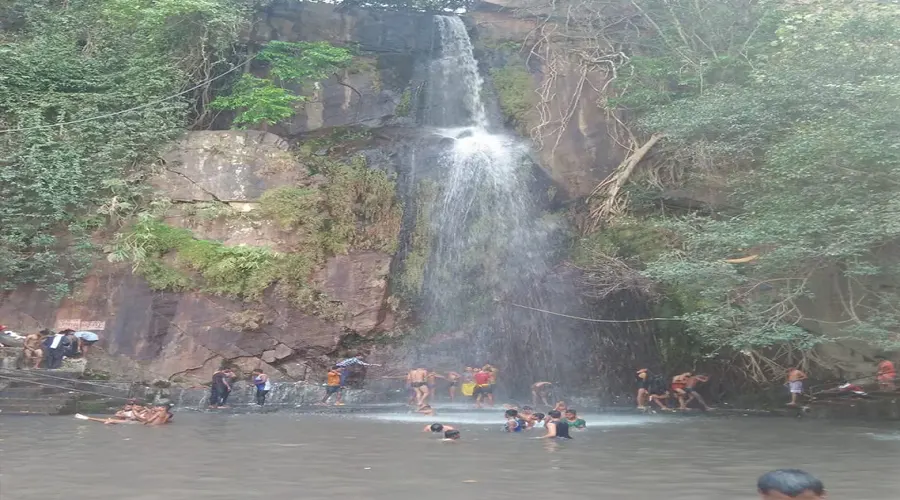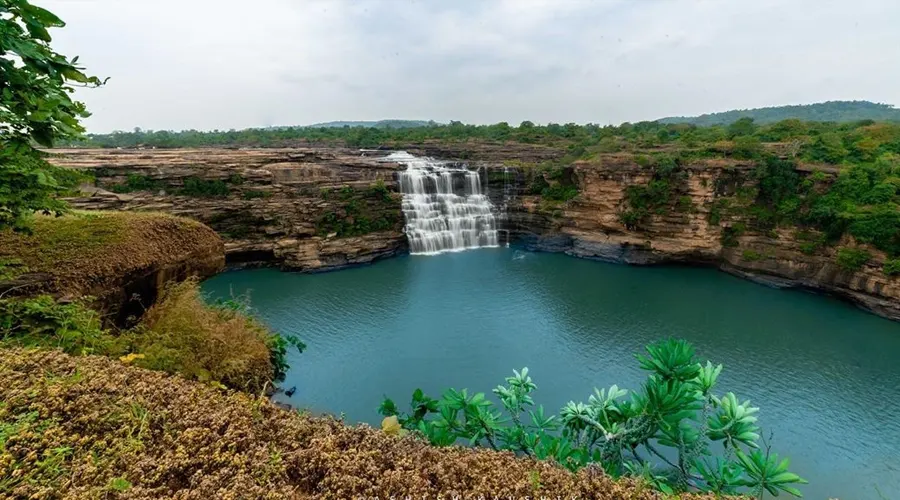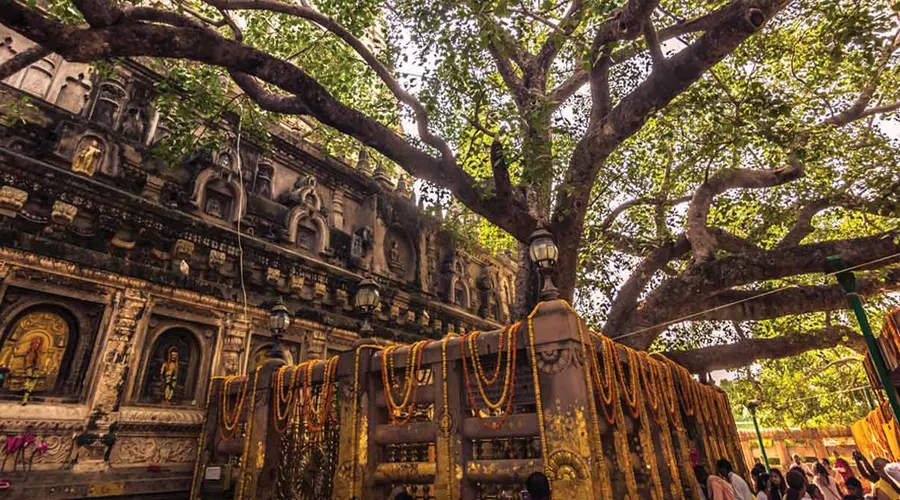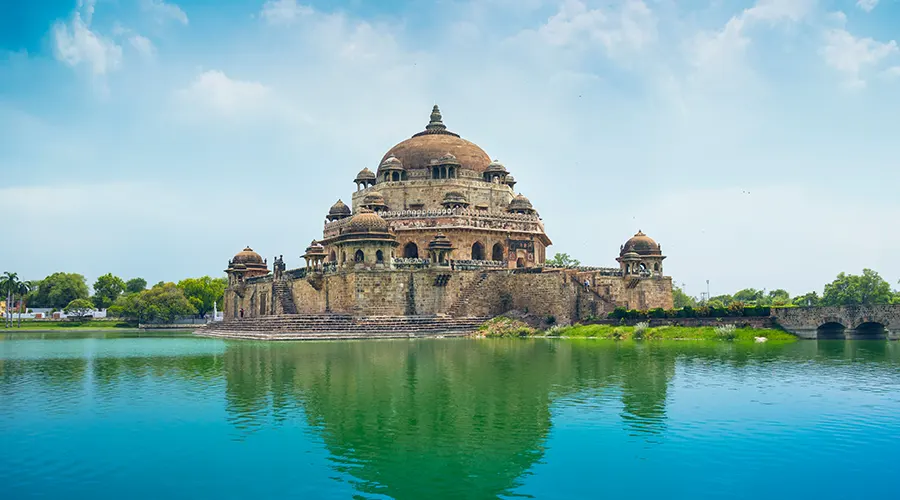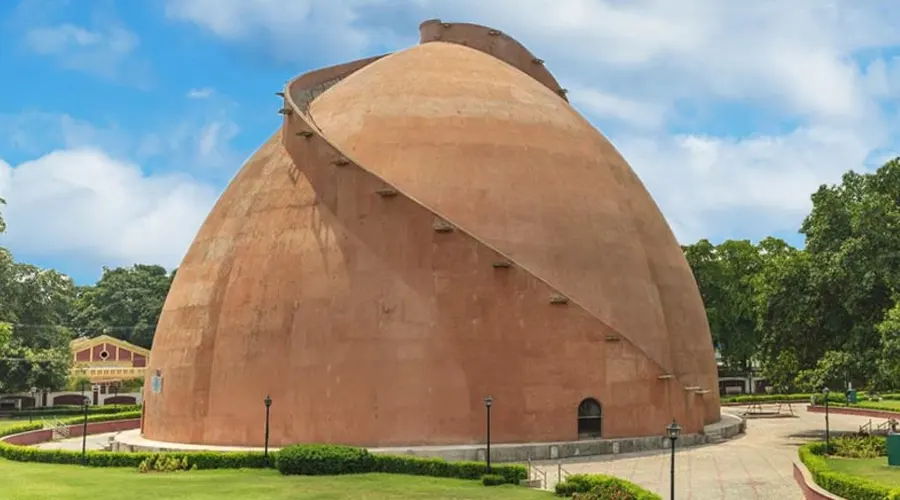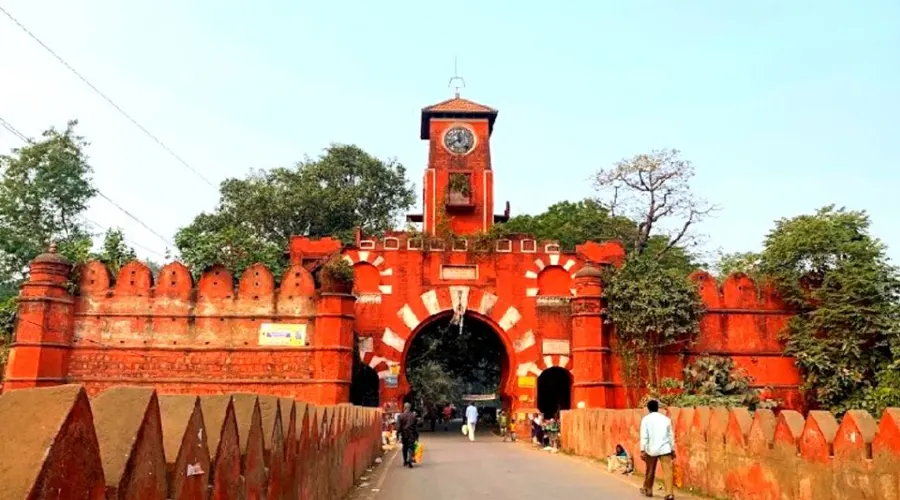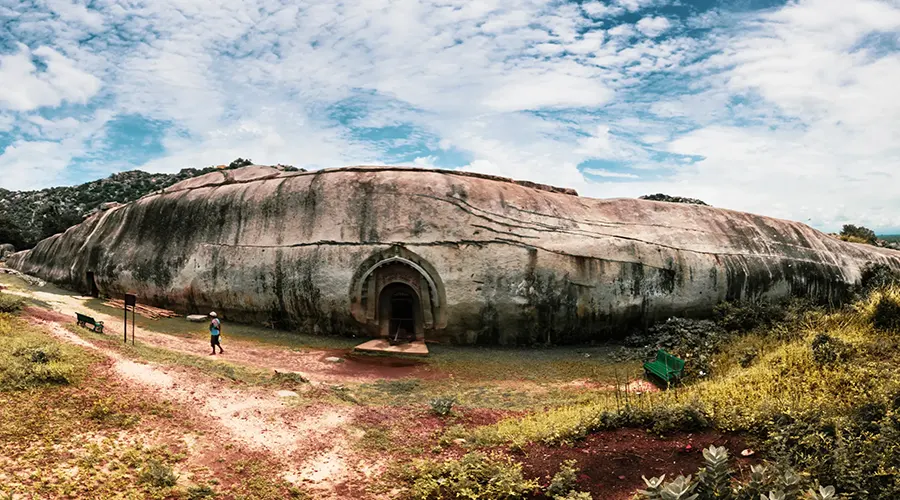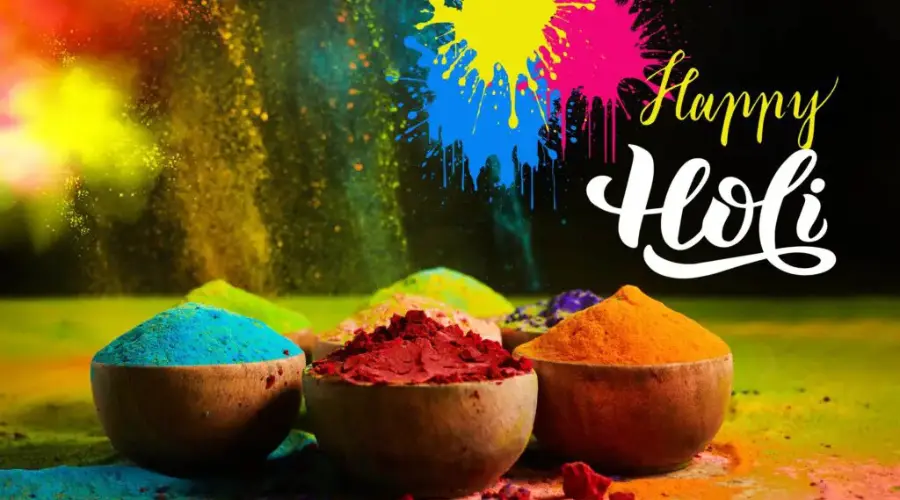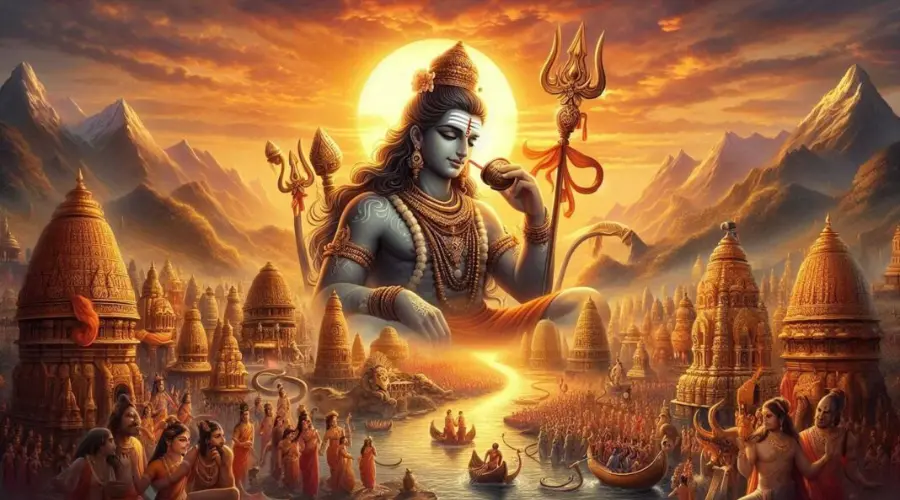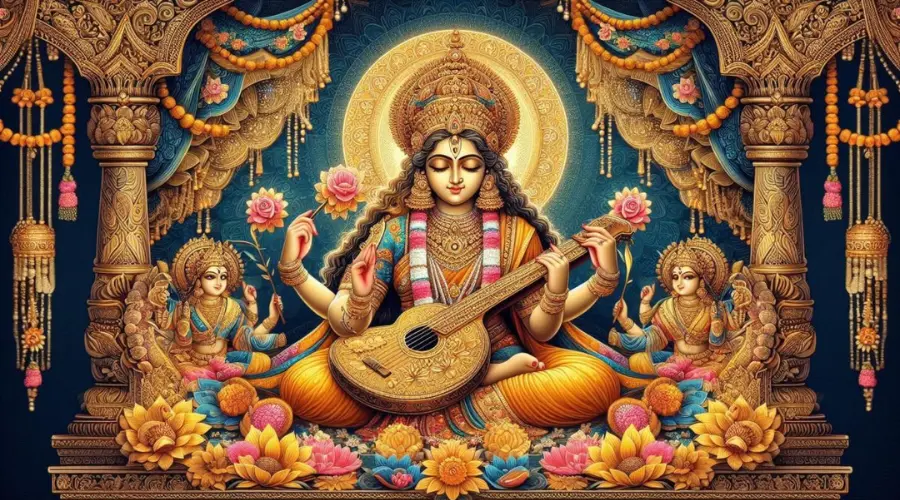Mahabodhi Temple
The Mahabodhi Temple, one of the few surviving examples of early brick structures in India, has had a significant influence on the development of architecture over the centuries. balustrades, and the memorial column. The present temple is one of the earliest and most imposing structures built entirely from brick in the late Gupta period. The sculpted stone balustrades are an outstanding early example of sculptural reliefs in stone.
The most important of the sacred places is the giant Bodhi Tree (Ficus religiosa). This tree is to the west of the main temple and is supposed to be a direct descendant of the original Bodhi Tree under which the Buddha spent his First Week and where he had his enlightenment. To the north of the central path, on a raised area, is the Animeshlochan Chaitya (prayer hall) where the Buddha is believed to have spent the Second Week.
The Buddha spent the Third Week walking 18 paces back and forth in an area called Ratnachakrama (Jewelled Ambulatory), which lies near the north wall of the main temple. The spot where he spent the Fourth Week is Ratnaghar Chaitya, located to the northeast near the enclosure wall. Immediately after the steps of the east entrance on the central path, there is a pillar that marks the site of the Ajapala Nigrodh Tree, under which Buddha meditated during his Fifth Week, answering the queries of Brahmins.
He spent the Sixth Week next to the Lotus Pond to the south of the enclosure, and the Seventh Week under the Rajyatana Tree currently marked by a tree.
History Of Mahabodhi Temple
The enlightenment of Buddha is related to this temple. This temple is a major pilgrimage site and there is a Bodhi Tree here, under which Buddha got enlightenment. Emperor Ashoka was the first one to mark this important religious site. Later a temple was built in the 2nd century at this place. It was in the year 1949, that this temple was recognized as a Buddhist Holy Place under the Bodhgaya Act.
Architecture of Mahabodhi Temple
Besides the main shrine of Buddha made of black stone and painted in gold, there is a lot to explore in the Mahabodhi Temple Complex. One of the most sacred places here is the Bodhi Tree which lies exactly behind the shrine. Apart from this, there is also a pond in the south of the complex where it is believed that Buddha used to take a bath.
In the northeast area, there is Ratanaghara, or the Jewel House which draws the main attention of tourists. There are several stupas and trees in the complex of the temple.
Meditating At Mahabodhi Temple
The monks in this temple sit down near stupas or under the banyan tree to meditate and calm their senses. This is the place where one must explore and sit down with a wooden board on the green grass to look inward and not outward. With birds chirping in the background and the waft of incense sticks, you will ultimately be lulled into a deeper world away from the outer hustle and bustle.
There is also a meditation garden that has fountains, space for groups, and two huge prayer bells. The aura of this temple is such that people get attracted to it and visit it again and again.
Cankamana
Cankamana is one of the most sacred shrines as a part of the Mahabodhi Temple. It is considered the pathway that was used by Buddha during his third week of meditation. This is also considered the spot where Buddha practiced walking meditation, and thus it came to be known as Cankamana.
The spot denotes the footsteps of Buddha carved out as lotuses in Black stone. You’ll find these footsteps decorated beautifully with flowers. Thousands of monks visit the spot and chant in praise of Buddha, which creates a surreal and soothing atmosphere. Besides, there are several other small images of Buddha along with his disciples in the shrine. Visiting Cankamana after sunset will give you a chance to see the pathway decorated with flowers and candles, which appear wonderful.
The entire ambiance creates an awe-inspiring impression in your mind that would stay for long making it a must-watch destination.

